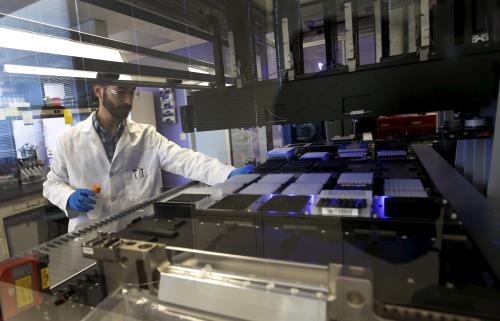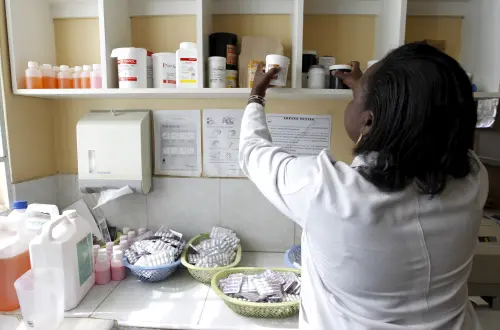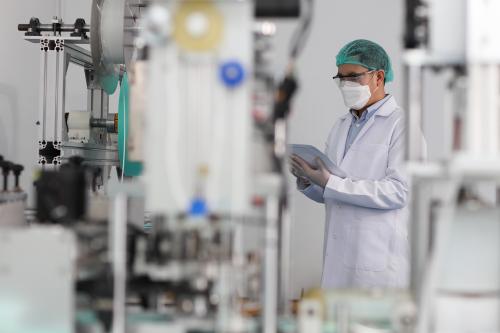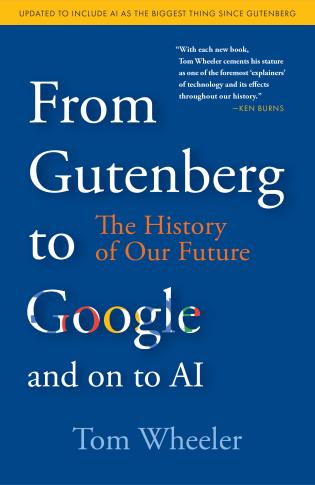Recent years have seen considerable progress in fighting illnesses like HIV/AIDs, tuberculosis, and malaria around the world. In examining this progress, many publications have measured public sector spending on drugs, vaccines, and therapeutics; however, relatively little attention has focused on private sector resources devoted to global health R&D. In our new report, the second in the Brookings Private Sector Global Health R&D Project, we address this shortfall in the literature by quantifying the return-seeking R&D investments in drugs, vaccines, and therapeutics by the private sector, including from pharmaceutical companies, venture capital firms and impact investors.
With this new analysis, we study three different types of private sector R&D spending:
- Overall R&D focused on drugs, vaccines, and therapeutics in the developed and developing world,
- Global health R&D that emphasizes medical treatments in the developing world,
- Neglected disease R&D, which focuses on drugs, vaccines and therapeutics for 35 specific illnesses that primarily impact populations in very poor nations
Overall, we find that at least $159.9 billion is spent on health R&D annually. But in looking at the amount devoted to global health R&D focused on the developing world, there is $5.9 billion from pharmaceutical firms and venture capital companies. Neglected diseases garner the least funding of the three categories with a total of $511 million coming from private investors.
In recent years, Chinese, Indian, and other non-Western pharmaceutical companies have substantially increased R&D spending. For example in 2016, the Chinese pharmaceutical industry spent $7.2 billion and Indian firms spent $1.9 billion. With China and India representing over 35 percent of the global population, working with these companies could yield significant improvements in public health.
Looking to the future, private sector spending in global health R&D must increase to counteract a likely slowdown in public health investment. Governments in a number of countries already have cut their development assistance and future investments will depend heavily on macroeconomic and geopolitical considerations.
In the paper, we make several recommendations for improving private investment in global health R&D. These include the need to create viable markets, meeting demand for systematic data, prioritizing funding gaps, strengthening health governance, expediting regulatory reviews of new drugs and vaccines, encouraging R&D tax incentives, and venture fund investments through redesigned priority review vouchers, implementing a World Health Organization vaccine platform, providing results-based financing, and pursuing investment opportunities in China and India.
We also argue that there is a mismatch between investment levels and the burden of disease, as measured by mortality rates and disability-adjusted life years (DALYs), for specific diseases. For instance, the world spends 50.2 percent of its resources on HIV/AIDS, tuberculosis, and malaria, but those illnesses only account for 7.5 percent of the world mortality burden and 8.6 percent of the DALY burden. In contrast, non-communicable disease, which include heart disease, cancers, liver diseases and mental health, garner only 2.4 percent of world funding, but account for 73.6 percent of the world mortality burden and 62.7 percent of the world DALY burden. In order to extend the health gains of recent decades, public and private organizations should narrow this gap and increase their investments in global health R&D.
For more information, please download the full report. Comments and feedback can be sent to [email protected].









Commentary
How much does the private sector invest in global health R&D?
September 12, 2017